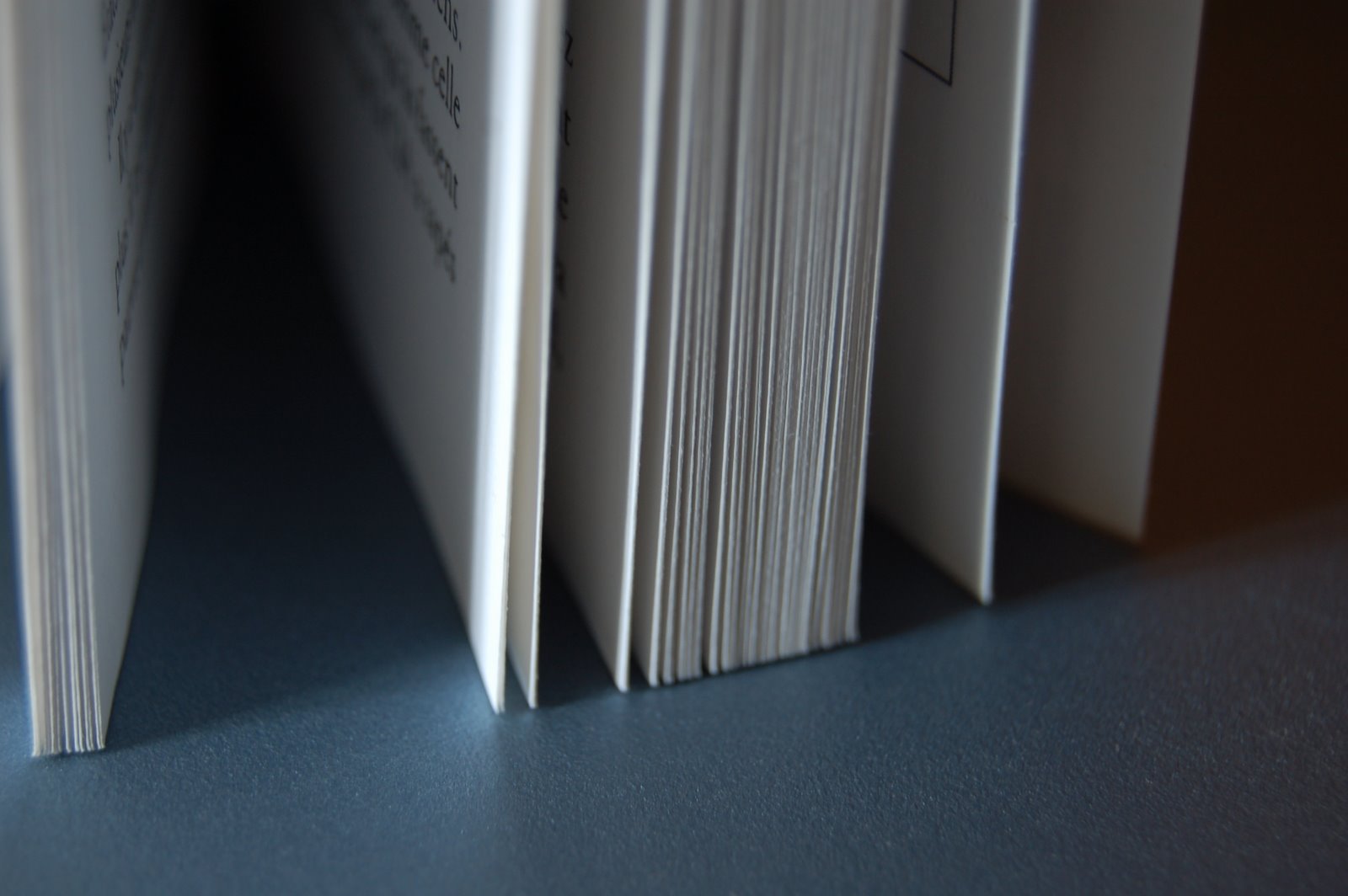My eldest son has consumed a large amount of Japanese literature in the last year and recommended I followed his example. After enjoying The Boy and The Heron that led me to How Do You Live? by Genzaburo Yoshino, which was apparently some of the inspiration for the mood of the film.
But things got going with Tokyo Express which caught
the eye due to the beautiful cover illustration and the positive blurb. Having
enjoyed plenty of detective stories in the past the chance to get to grips with
a Japanese story was too much temptation.
If you consider reading detective stories is a chance to
escape from your own life, either by being taken into an unknown world of crime
or to a distant location, then this manages to do both. Simenon does it
brilliantly with Paris and Matsumoto takes you on a trip here to various
locations in Japan. One of the first pages there is a map of Japan with a
couple of key locations marked and it is that sense of traversing the country
that forms a large part of the story.
Trains form a central part of the plot and that adds to the
sense of taking the reader on a journey. It's clever, an insight into the
character of both the provincial and Tokyo police and operates around a central
story that underlines concepts of honour and integrity.
The idea that appearances can be deceptive is not just
limited to the victims of the crime but extends across all aspects of the case.
Hidden behind established roles – the restaurant waitress, the rich
businessman, his ill wife and the government figure – there are other things
going on if someone is prepared to look for them.
No spoilers here but I can say the story is clever, the
determination of the detectives central to its conclusion and the descriptions
of people and place delivered with depth in just a few lines.
Matsumoto takes you over the shoulder of the detectives,
sharing the contents of their notebooks and revealing their innermost thoughts.
There are moments when letters are used as a device to jump through time and
summarise developments but that never disrupts the flow and the book remains
gripping until its conclusion.
If you read at the most basic level to escape and travel to
other worlds then this book skilfully takes you to a post-war Japan, with stops
at a Southern coastal town, one of the Northern islands and Tokyo. This is a
time when corruption is circulating the government, technology is changing but
it’s still detective hunches that stop a crime from going undiscovered.
There are a couple more books by Matsumoto in English
translation and I'm starting Inspector Imanishi Investigates at some
point so more of his works will appear on the blog.





















